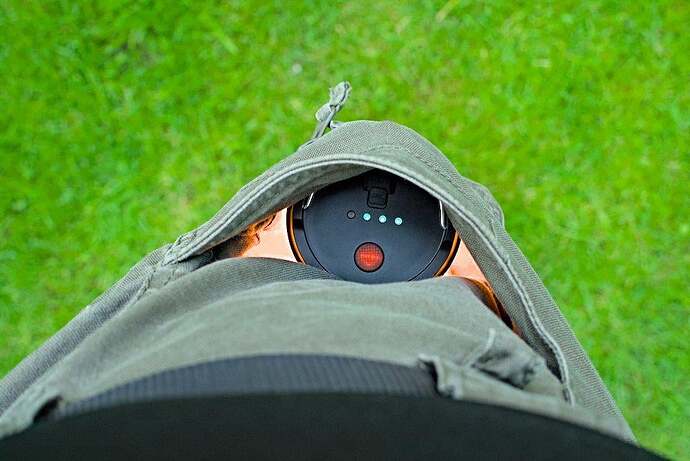Hi Guys! Firstly, I am very impressed, that Sofirn use my ideas for LT1S )
Of course, some Anduril features vill be very useful, like timer, as example.
If we have troubles with channels for logic, i think RED could be simple used as separate driver and button. 1 button interface is cool for flashaholic, but for odinary users it will be much more better to use red button for all manipulations with red. Modes, brightness. This would allow to make any mix with main LED. (And this increase chance to have red sos even if main driver dead by any reason)
About side swithing. This feature will be very useful if LT1S will be possible to shine from top too. We could disable top light if place LT1S on table, or enable if we use it on tree or cable.
Now this feature work not well, but still can save a little power, if our LT1S stay on the corner of table.
I am very dissapointed for magnet missing. Sometime is very useful to put flashlight on metal wall, etc (for such scenario side switching still useful).
Side switching could be realised by just one button, which disable any commutations for LEDs from one side of flashlight. This is 3 transistors for cool, warm and red channel. Button pressed - transistors communicate power to them, unpressed - nod communicate.
So, everything that should be done
1 driver from LT1
1 simple driver for red (ramping-stepped-strobesos)
1 additional red button for red channel
3 transistors for one side channels
1 button for side enable/disable
3 buttons for camping large flashlight (and LT1S is not very compact) is good. Even old housewife would understand how to enable red, or disable side.
